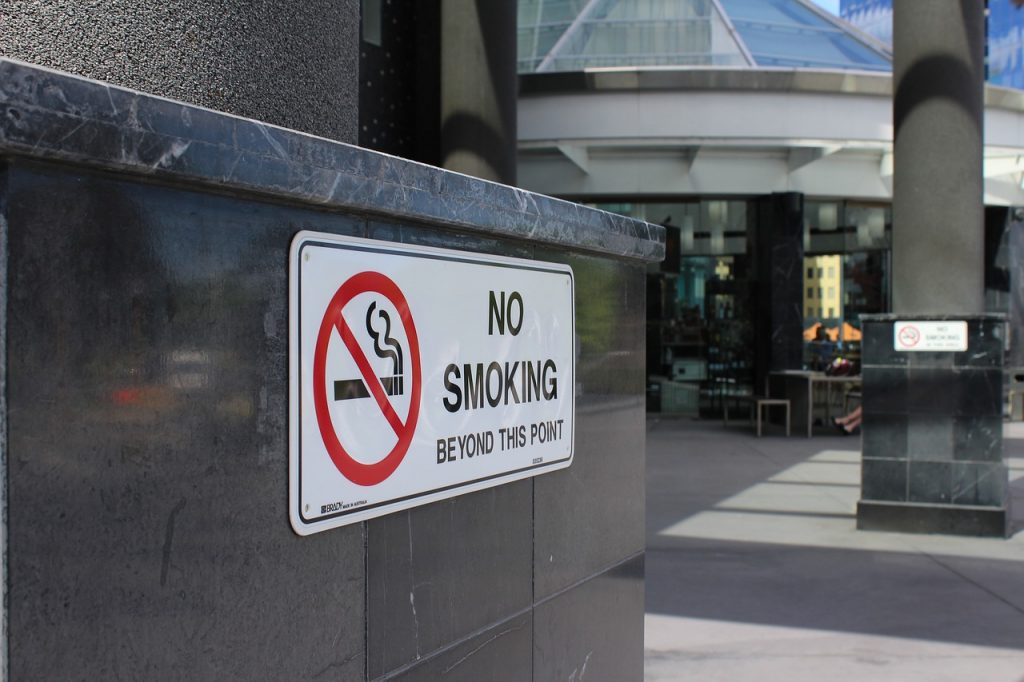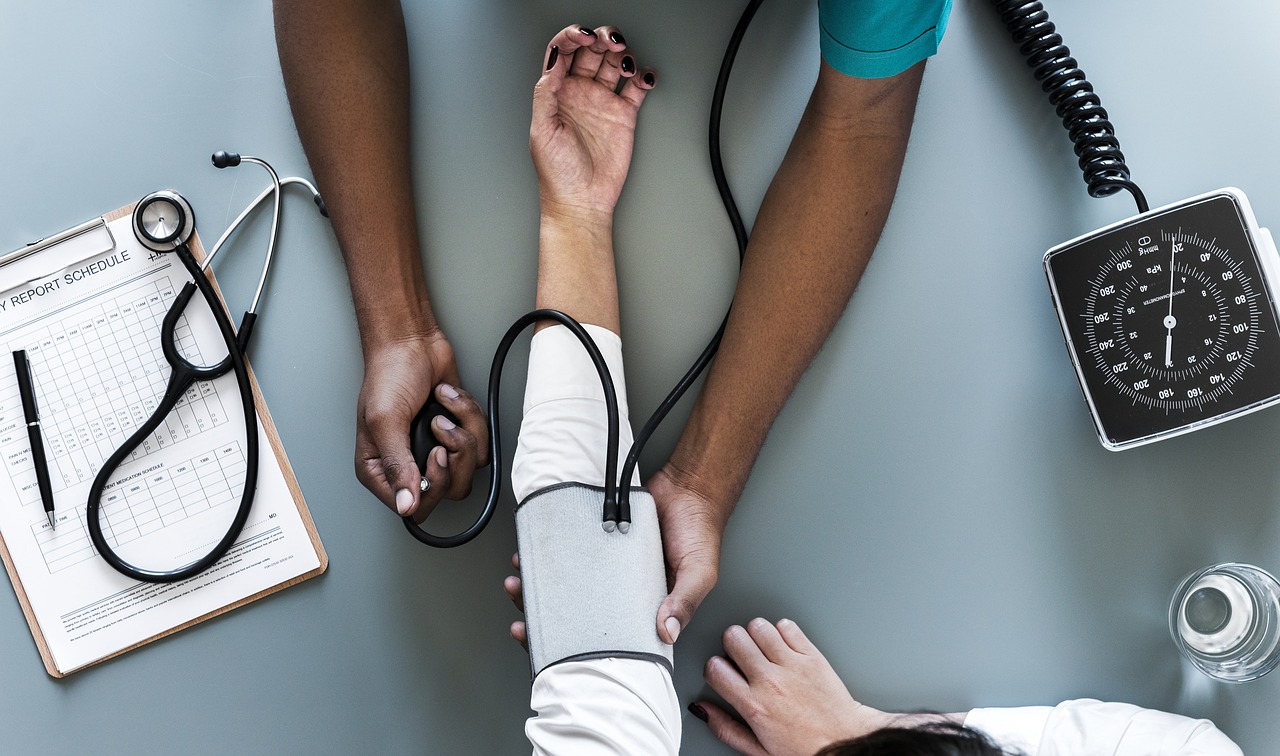
LUNG CANCER! MOUTH CANCER! THROAT CANCER!
When we talk about smoking or chewing tobacco, the only thing that pops up is cancer. Apart from all of this, we have also heard about tobacco use causing COPD, heart disease, strokes and what not! Yet, smokers and tobacco chewers seem almost immune, if not indestructible as they continue to use tobacco day after day.
Maybe these conditions are extremes that arise after addictive, prolonged use of the substance. After all, we have all heard of that one grandpa who lived his entire life disease-free despite burning through a packet a day or that one aunt who is healthy despite smoking 15 cigarettes a day. Just because the effects aren’t immediate, doesn’t mean they are nonexistent.
While no amount of reasoning will help a tobacco user quit unless they choose to, here are some very real reasons why quitting tobacco today will be the best health move you can make!
1. Problems with Immunity
Consuming tobacco makes you more prone to infections by reducing immunity and depressing antibodies that fight infections. This results in body aches, pains and in severe cases, may result in rheumatoid arthritis.

2. Digestive Disorders
The digestive system converts food into nutrients which are supplied to various parts of your body. This ability is hindered upon tobacco consumption. A person may experience digestive issues such as heartburn, irritable bowel syndrome, crohn’s disease (inflammation of the intestines) and may even form gallstones. Quitting will improve digestive health drastically!

3. Disturbed Sleep
Consuming tobacco products affects one’s sleep cycle causing sleeping disorders such as sleep apnea or wakefulness. Quitting will improve your sleep quality and reduce sleeping disorders.

4. Fertility Issues
This is a big one! Both men and women who consume tobacco may face fertility issues. Men’s sperm and Women’s egg get damaged due to the harmful chemicals present in tobacco. The DNA present in the sperm and the egg also get affected, resulting in an unhealthy baby or a baby with cleft lips or cleft palate. If you are trying to conceive, quitting 3 months prior will help a lot!

5. Eye Problems and Blindness
Did you know that tobacco consumption can cause blindness? The nicotine present in tobacco causes AMD (Age Related Macular Degeneration) where a person loses central vision making it difficult to see and read things. Cataract is also common in people who consume tobacco. The retina is also affected which results in blindness.

6. Buerger’s Disease
This disease is common in people using tobacco products. In the beginning, the arms and legs tend to become cold followed by pain in the legs, ankles and feet due to the thickening of blood vessels. In severe cases, ulcers are also noticed on the hands and feet. If infection due to the ulcers spread inside the arms and feet, doctors may advise amputation. There is no cure for this disease, and the only way to prevent this is by quitting tobacco products. Ouch!

7. It Cripples Your Sense of Smell and Taste
Tobacco consumption damages the sense of smell and the taste buds. Smell and Taste are connected to each other by a channel present at the roof of the throat to the nose. Without the sense of Smell, your food may turn tasteless. Blood vessels of Taste buds are also affected making your food less palatable. Quitting may help you enjoy your meals more!

8. Effect on Skin, Nails and Teeth
The harmful chemicals present in tobacco stain fingernails and the teeth of a user making them look yellowish. It is also an enemy of the skin as it makes you look older than your age. Quitting may help you look younger and retain the brighter side of your teeth and nails.

9. Loss of Hearing
Tobacco consumers are more likely to face hearing problems like tinnitus (ringing in ears) as nicotine results in narrowing of blood vessels present in the body. It also affects nerves present in the inner ear and also the neurotransmitter responsible for identifying noises. This makes you more sensitive to loud noises and more prone to noise related hearing loss.

10. Baldness
Toxins present in tobacco harm hair follicles, causing hair loss. It may also damage melanin, resulting in premature greying. Quitting tobacco reduces hair damage or hair loss to a very large extent.

11. Wound Healing
Nicotine causes constriction of blood vessels. As a result, blood supply to body parts decrease and makes it difficult for a wound to heal.

Apart from these reasons, your social life can get affected too as many people find the smell of chewing tobacco and cigarette smoke very repulsive! Clear the smoke and wipe the stains of an unhealthy lifestyle to breathe the freshness of a healthy one!
Was this article helpful? Did we miss out on anything? Let us know in the comments below! If you have trouble quitting, reach out to a GOQii Coach by subscribing for Personalised Health Coaching here.
Find more articles on living healthy here.
#BeTheForce



 Ever felt that burning sensation in your chest after a big meal or when you eat after a long gap? That feeling is known as acid reflux. Acid reflux is a condition where the acid content of the stomach flows up to the esophagus and pushes the food out from the mouth.
Ever felt that burning sensation in your chest after a big meal or when you eat after a long gap? That feeling is known as acid reflux. Acid reflux is a condition where the acid content of the stomach flows up to the esophagus and pushes the food out from the mouth.


